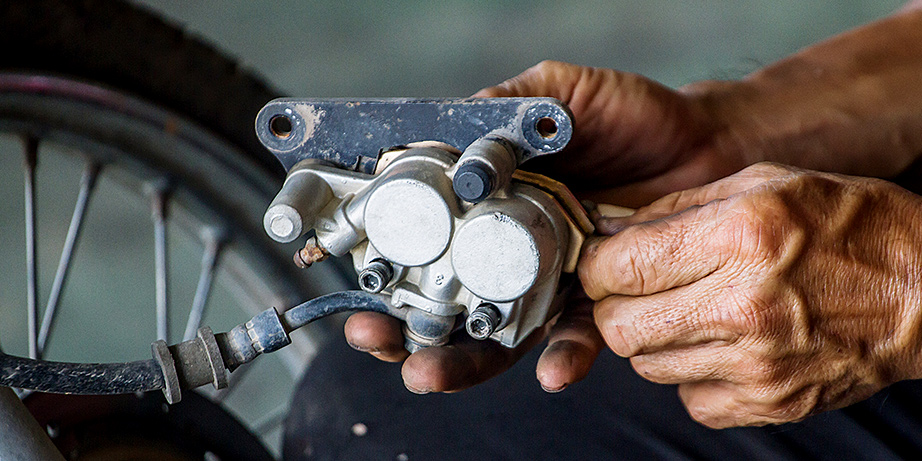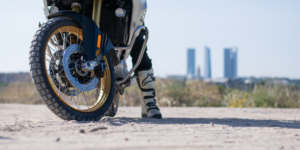Fading is a phenomenon that, if you have ever experienced it, your heart has surely reflected it in an incipient tachycardia and it is possible that you will always remember it.
The feared fading effect is the loss of the effectiveness of the brakes.
Can you imagine going down a steep road and when you decide to brake your bike doesn’t respond? In addition, you will hear a high-pitched screeching noise that will contribute to your state of panic. At this point, you should remain as calm as possible and pump the pedal again, trying to dilute the bubbles that have formed inside the pedal and concentrate on the best possible line according to the speed of the moment.
Fading sometimes occurs because the temperature of the brake fluid reaches boiling point and generates bubbles. As the bubbles travel through the brake hoses and reach the brake caliper, they cause the brakes to not find the resistance corresponding to the hydraulic thrust of their action, so that the braking effect is not produced.
This loss in braking efficiency is the result of intensive use of the brake. For example, by continuously depressing the pedal without giving it time to cool down, or by inadequate maintenance of the system.
To avoid having to brake continuously, we must use the engine brake. We play with the gears to slow down our bike and thus relieve the pressure on the calipers and brake pads. Poor riding and overloading the bike are combinations that increase brake fatigue.
The good condition of the brake fluid is also essential to avoid fading. We recommend renewing it every year regardless of its use. The complete revision of the brake hoses, checking the bite effect of the calipers and the good condition of the brake pads are also checks that should not be overlooked.
As far as the brake disc is concerned, there are normally no serious problems, except if it has suffered a blow or swelling (warping).







